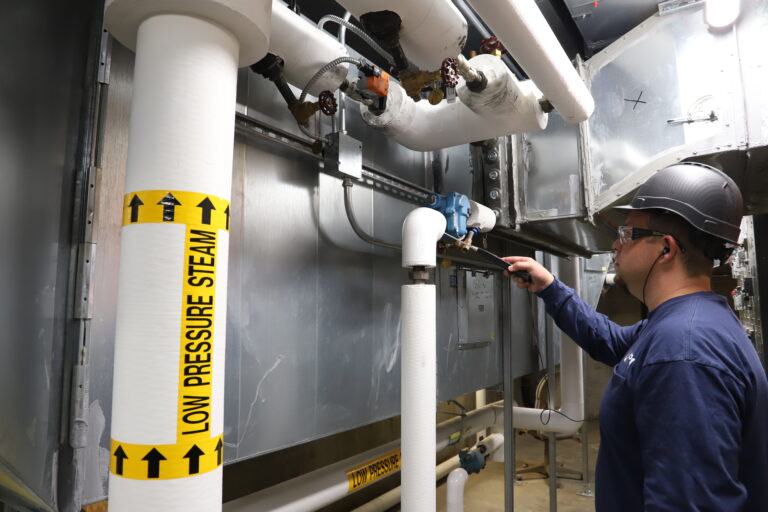October 22, 2014—The latest in the BREEAM family of sustainability rating programs was launched last week at the property trade show MIPIM, in London. BREEAM Refurbishment and Fit-Out 2014 was developed by third-party certification body BRE Global to assess and improve the sustainability of U.K. building refurbishment and fit-out projects.
“This new scheme comes at a really important time where there is an increasing focus on non-domestic retrofit” says Gavin Summerson, future products manager at BRE Global. “This is driven by minimum EPC targets for the private rented sector as well as the need to drive down operating costs and reduce risk for aging property portfolios. The new scheme has been tailored to take account of the challenges of improving existing buildings, ensuring projects are assessed against the issues that each project can reasonably be expected to influence and not on factors outside of their control. However this does not mean it is easy—stretching targets focus on getting project team to work together to meet requirements for issues such as the re-use of materials on site.”
The flexibility of the BREEAM Refurbishment and Fit-Out program derives from a new, four-part modular approach, giving a range of certification options. Part One deals with the building fabric and structure, Part Two is concerned with core services (e.g. centralized M&E plant), Part Three deals with local services, and Part Four with interior design. Refurbishment and fit-out projects can be assessed against one or all of the four parts, or any combination, depending on which are relevant to a particular project.
The program also introduces assessment criteria that have been adapted for refurbishments and fit-outs, to reflect the split between tenant and landlord responsibilities and the limitations and opportunities for improving existing buildings. It sets new performance benchmarks that reward improvements to the poorest-performing buildings, while also giving recognition for buildings that already perform well. There are also a number of new criteria aimed at making existing buildings fit for the future such as issues focusing on climate change resilience and functional adaptability.
As with all BREEAM programs, projects assessed under the scheme can receive a BREEAM rating from Pass to Outstanding. The certificate will indicate the parts that have been assessed, providing comparable performance across the property market and between competitors.
“This allows projects to showcase their sustainability achievements to the market,” says Summerson, “whilst also saving on building operating costs; minimizing water use, CO2 emissions and waste arisings; and enhancing occupant comfort and productivity.”
The launch of BREEAM UK Refurbishment and Fit-Out 2014 follows two years of development, industry consultation and pilot studies with clients including the Green Investment Bank, Legal and General, Lloyds Banking Group, Boots, World Duty Free Group and others, notes BRE. The scheme was also tested out on the refurbishment of one of BRE’s buildings in Watford, with significant savings made as well as many other positive learning outcomes. Work will now start on extending its use to other countries, where refurbishments are currently assessed under BREEAM International New Construction.
The new program will go live for registrations on October 31, at which time clients can seek an assessment using the new BREEAM Projects Web site. The scheme’s Technical Manual and a range of supporting documents will also be available from the BREEAM UK Non-Domestic Refurbishment and Fit-Out Web site.




